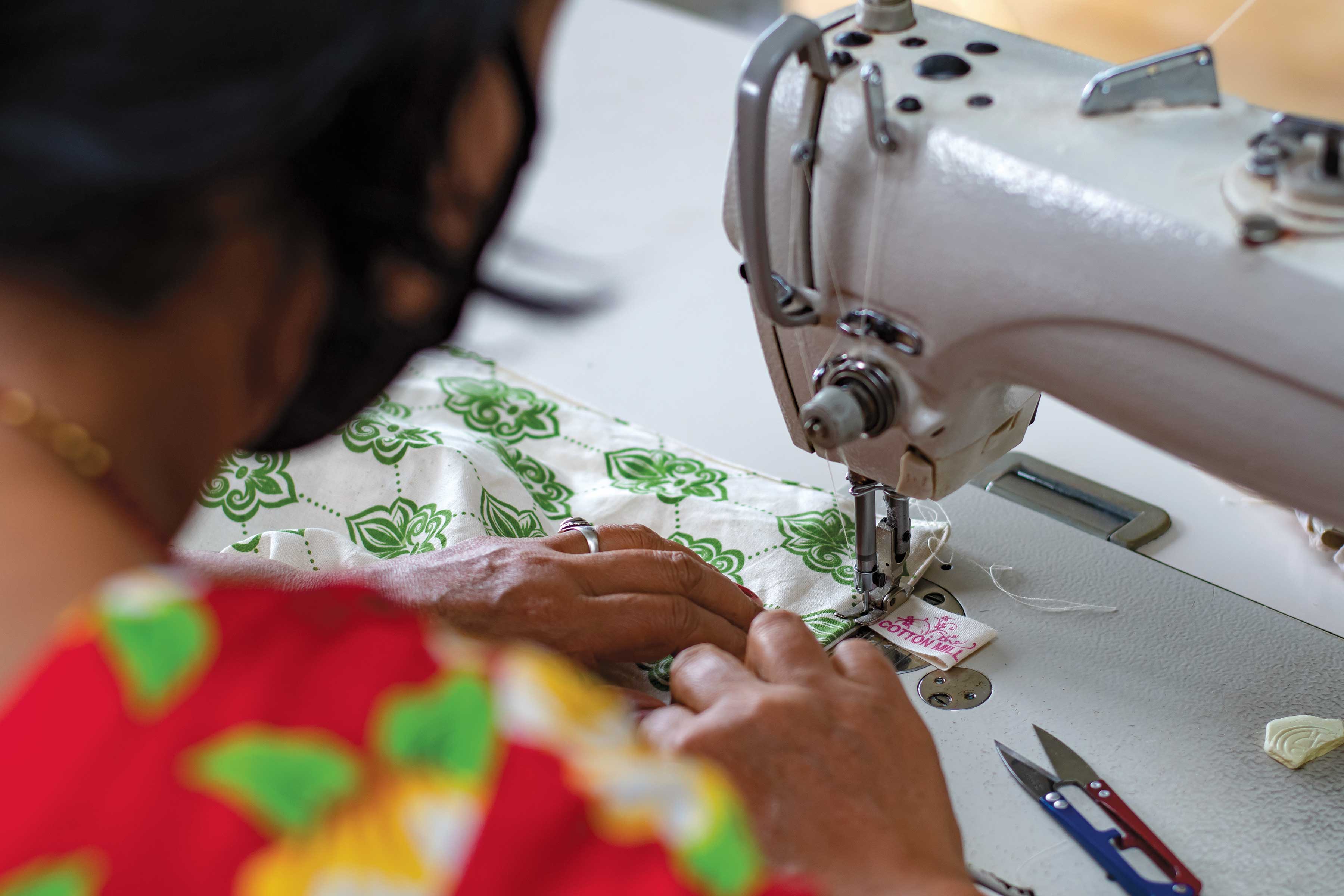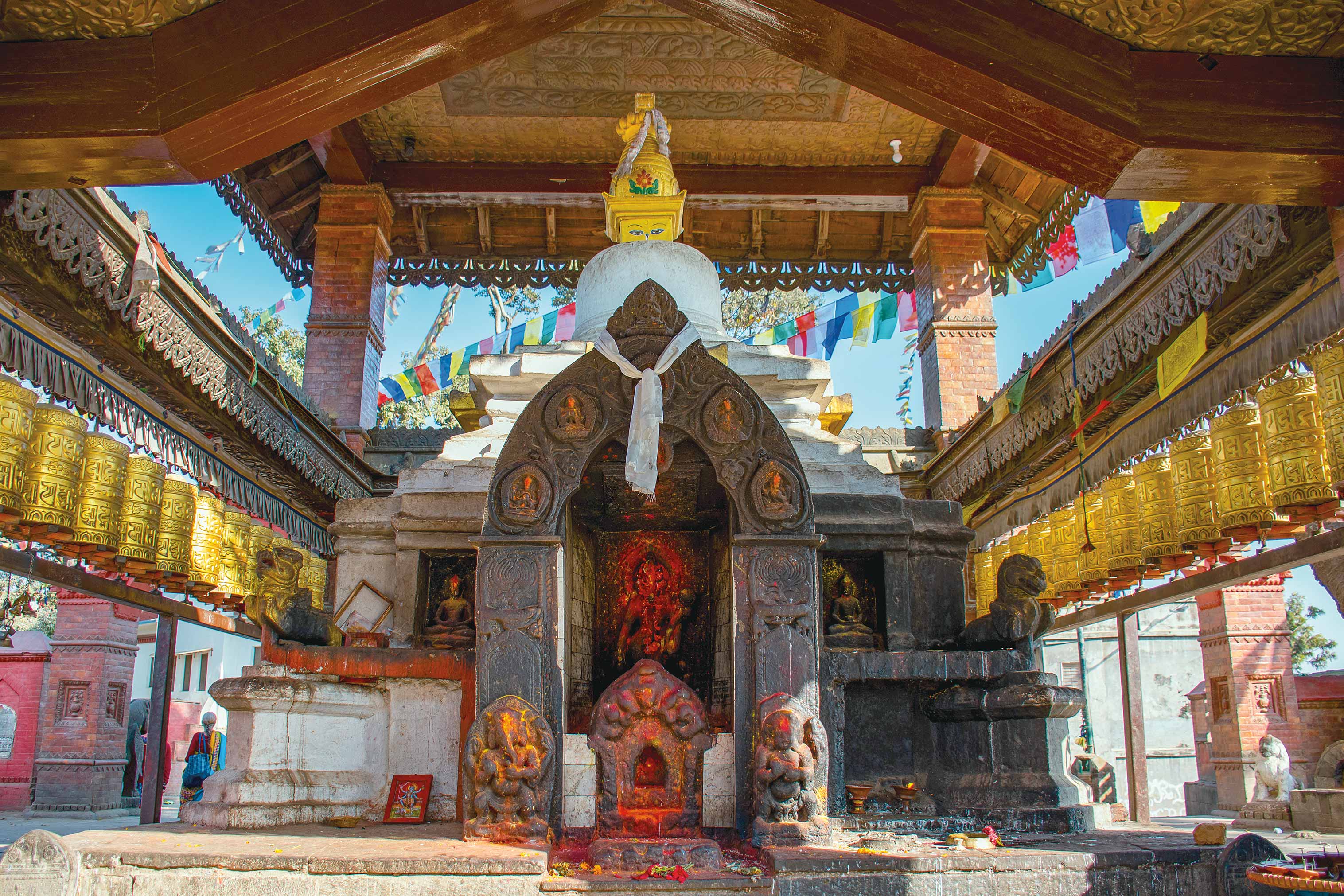Breakfast should be everyone’s favorite meal of the day, it feels almost criminal when it’s not. Your breakfast pretty much decides what your mood for the whole day will be like, a cranky person is not a likable individual. Also, everyone has a breakfast story that’s connected to their roots, their family, and most important, their memories.
 Breakfast memories all over the world trigger thoughts of gritted oats, boiled eggs, warm food, flavors sweet and citrusy, and the rejuvenating feeling of the first sip of your cup of tea or coffee. The conversations around you, about politics, family disputes, random topics, accompanied by the clink of plates and cutlery, are always delightful. The ingredients are all the same, but their stories are different, based on who makes them, where they make them, and where you’re having breakfast.
Breakfast memories all over the world trigger thoughts of gritted oats, boiled eggs, warm food, flavors sweet and citrusy, and the rejuvenating feeling of the first sip of your cup of tea or coffee. The conversations around you, about politics, family disputes, random topics, accompanied by the clink of plates and cutlery, are always delightful. The ingredients are all the same, but their stories are different, based on who makes them, where they make them, and where you’re having breakfast.
 My breakfast story in Kathmandu has always been of deep-fried food with generous amount of oil, sweet tea, the ubiquitous morning ‘chiya guff’, the smoke stream from cigarettes making its round around the room, and all the noise and conversation, coupled with laughter at the teashops.
My breakfast story in Kathmandu has always been of deep-fried food with generous amount of oil, sweet tea, the ubiquitous morning ‘chiya guff’, the smoke stream from cigarettes making its round around the room, and all the noise and conversation, coupled with laughter at the teashops.
My personal favorites are the ones in Patan. Hidden behind a maze of alleys and inner lanes leading to surprisingly spacious courtyards, they never fail to amaze me. The breakfast menu is both sweet and salty. Plate up with oily, puffed up puris straight from the depth of the rounded kadhai, and tarkari that has to be of potato and chickpeas, coupled with the swirls of sweet, rounded, golden brown jeris wrapped within the soft folds of swaris.
The crunchy jeris through the soft folds of swari is simply unbeatable.
If you’re not really a jeri person, teashops always have a batter of flour, sugary syrup, and ghee for making malpua. It’s a South Asian equivalent of plain old pancake. Some shops like adding fennel seeds to the batter, while some don’t. It’s an acquired taste, but personally speaking, its sweet-fruity aroma adds a punch to your plain malpua. Or if you’re not really a malpua person, there’s always haluwa. The Nepali way of eating all these is to wrap them with swaris, with milk tea being the compulsory companion that binds them all together.
If you’ve not have had enough of breakfast, order alu wo: chopped potatoes, deep-fried, and coated with chick peas. A cup of sweetened milk tea elevates its taste further.
 If you’ve still not had enough, you can always stroll around Patan’s sweet shops. Gwara mari, a Newari version of Nun’s Puffs san the honey and eggs; deep-fried, and not baked. They’re salty, airy, and a perfect snack for breakfast while you’re heading out to work. They’re extremely popular, and if you’re not at the sweet shops by nine in the morning , or even earlier, you might have to go back disappointed.
If you’ve still not had enough, you can always stroll around Patan’s sweet shops. Gwara mari, a Newari version of Nun’s Puffs san the honey and eggs; deep-fried, and not baked. They’re salty, airy, and a perfect snack for breakfast while you’re heading out to work. They’re extremely popular, and if you’re not at the sweet shops by nine in the morning , or even earlier, you might have to go back disappointed.
In the end, a cup of yogurt—if you’re lucky, juju dhau, the especially made sweetened yogurt from Bhaktapur—finally completes breakfast. With all the sweet and salty food that Kathmandu’s traditional teashops have to offer, it seems almost a crime to not love breakfast!











